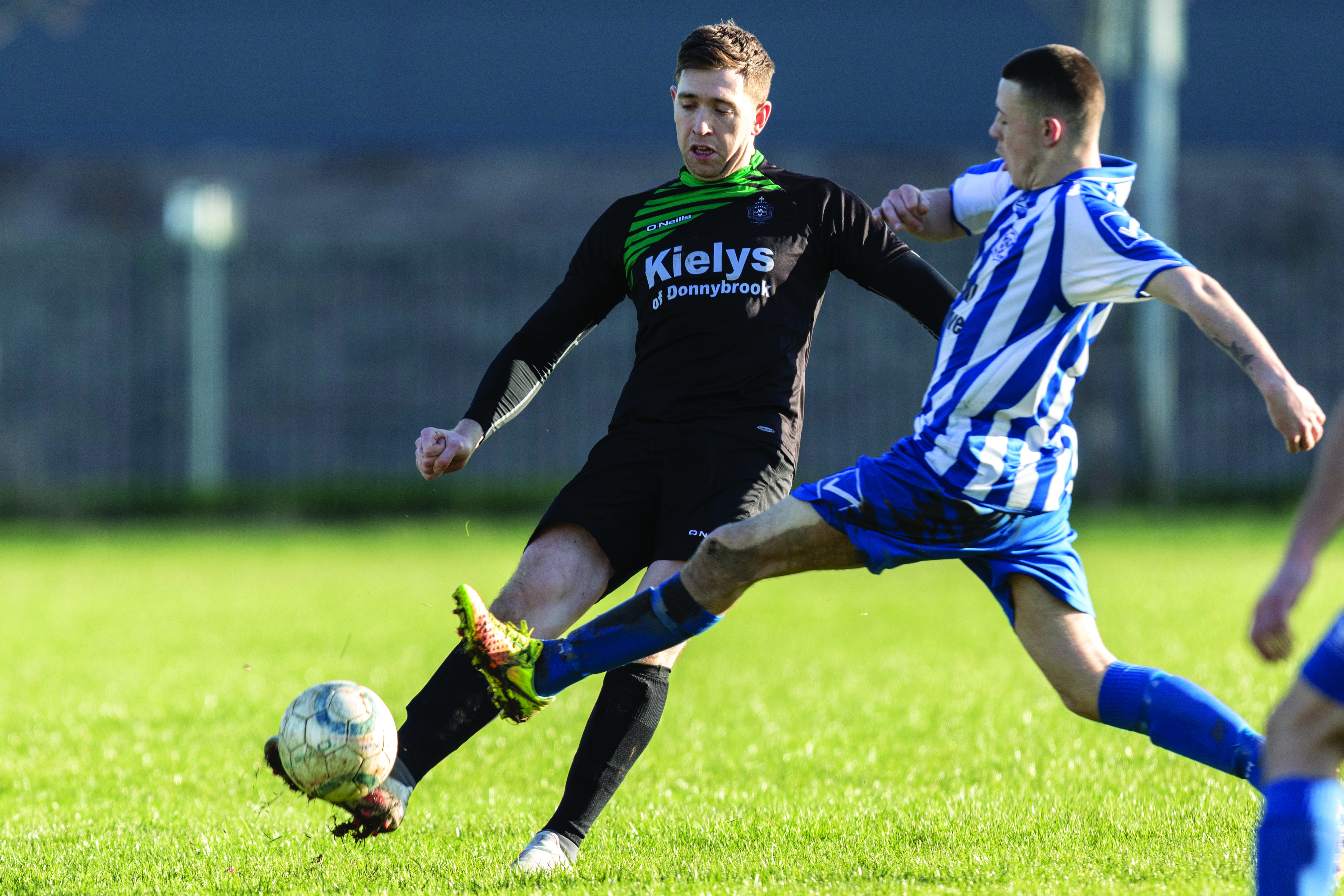Orthopaedics, literally means “straight child”, so the term paediatric orthopaedist is tautological. This book represents an admirable and considerable body of work by its three editors and chosen authors. The cover aptly shows a splinted crooked tree. Mr David Fitzpatrick seems to be the catalyst and is the main contributor, being involved in seven chapters. The book, well proofed and indexed, consists of 332 pages from some 40 contributors with 16 pages of photography and 13 pages of index. There are no less than 295 annotations and references. This book, like rugby, cricket, and hockey is an all-Ireland team production. Its admitted gestation period was about three to four years. I noticed two wonderful names – Dr Repicious Boniface and Mother Mary Polycarp.
There are currently about 130 orthopaedic surgeons, male and female, in the Republic of Ireland. Orthopaedics in its early years was mainly a male specialty of type A forceful personalities. Robert Jones described orthopaedics as “the treatment by manipulation, operation, re-education and rehabilitation of the injuries and diseases of the locomotors system”. Over the years there have been arguments between general surgeons and orthopaedic surgeons about who should fix broken bones. The orthopods won, now being the largest subspecialty in surgery. Later there were arguments as to whether orthopaedics should be housed in general hospitals or in specialist hospital, eg, Cappagh. Today the row persists concerning the siting of acute trauma centres. The suggestion has been made for two level II trauma centres in Dublin, one in Cork and one in Galway. But where in Dublin? Tallaght Hospital seems to be leading the posse. Ireland does not have, nor is near to having a level I trauma centre.
Orthopaedica Hibernia is well thought out and laid out in five sections: (1) Early development and evolution of orthopaedics; (2) development of orthopaedic centres in Ireland; (3) specialty development; (4) organisations; and (5) Irish orthopaedic surgeons abroad. Forewords are written by Prof John Hyland, President RCSI; Prof John O’Byrne, President Irish Institute of Trauma and Orthopaedic Surgery; and Mr Gerry McCoy, President Irish Orthopaedic Association. Irish orthopaedic surgeons have established an excellent training programme. Just as well, since most of us will need one of them once or more times in our lives. My list includes a broken leg, a dislocated elbow, a torn quadriceps muscle, and an avulsed cruciate ligament. No joint replacements as yet.
Orthopaedica commences with a brief history of orthopaedics, starting (as always!) with Hippocrates. Nicolas Audry wrote l’orthopedia in 1714, describing the prevention and correction of deformities in children, congenital and secondary to rickets, scoliosis, and tuberculosis. Jean Andre Venal, a Swiss doctor in 1776 corrected club foot and pes valgus in a friend’s child. He went on, in 1780, to establish the first orthopaedic hospital in history. The Royal Cripples Hospital was opened in Birmingham in 1817. The Boston Orthopaedic Institution was established in 1838. Dublin 1875 saw the National Orthopaedic Hospital being opened in Kevin Street. This was for club feet and other body deformities.
Orthopaedics, like all specialties has metamorphosed into multiple subspecialties – surgery of the upper limb, spinal surgery, foot and ankle surgery, bone tumour surgery, paediatric orthopaedics, orthopaedic-plastic surgery collaboration, hip and knee arthroplasty, trauma surgery – to name but some. About 30 ankle replacements and about 30 orthopaedic cancer surgery procedures are performed in Ireland each year. By contrast approximately 5,500 hip replacements are being done annually.
Orthipaedica is a great resource; just about every orthopaedic surgeon ever in the Republic and Northern Ireland is named and cited. Some of the CVs and career paths are perhaps too intimate and detailed, but do demonstrate the value of BTA (been to America) and the skills of our orthopaedic colleagues. There are verbatim extracts about services, sites, staffing from various reports, which could have been edited. There are anecdotal references to tuberculosis and polio, which greatly exercised orthopaedic surgeons in the 1950s. Of 121 orthopaedic surgeons in practice in 2015, 84 were in public service and 37 solely in private practice. Have restricted beds, surgical theatre closures, and inadequate funding driven orthopaedic surgeons out of public hospitals? I’m told that Cappagh Hospital is the only place in Dublin where orthopaedic surgeons can get elective public surgery done.
Orthopaedica will be of great interest to the entire orthopaedic family, practising, retired, and in training. It should grace all hospital and medical school libraries in the North and South of Ireland. James Nixon writes an interesting history of the units, people and practice of orthopaedics in Northern Ireland. He refers to the impact of poliomyelitis on orthopaedic practice during the 1950s.
Mr James Sheehan is probably the best known orthopaedic surgeon in Ireland, the “Sheehan knee” being widely known. Mr Sheehan, Prof Clive Lee, and Mr Fitzpatrick qualified in both medicine and engineering. Orthopaedics relies heavily on the services of radiology, anaesthetics, nursing, physiotherapy, orthotics, prostheses, and limb fitting. Orthopaedics is closely aligned with traumatic sports injuries, rugby being the prime supplier. High impact road trauma is well covered by Prof John McElwain and Mr Nikos Davarinos, who made an impassioned plea for greater recognition of the need for trauma services. “Trauma dead have no voice – trauma surgeons must give them a voice.”
Orthopaedica Hibernica, historica, encyclopedica, analytica, scientifica, bibliograpfica.
Quod erat demonstrandum.








Leave a Reply
You must be logged in to post a comment.